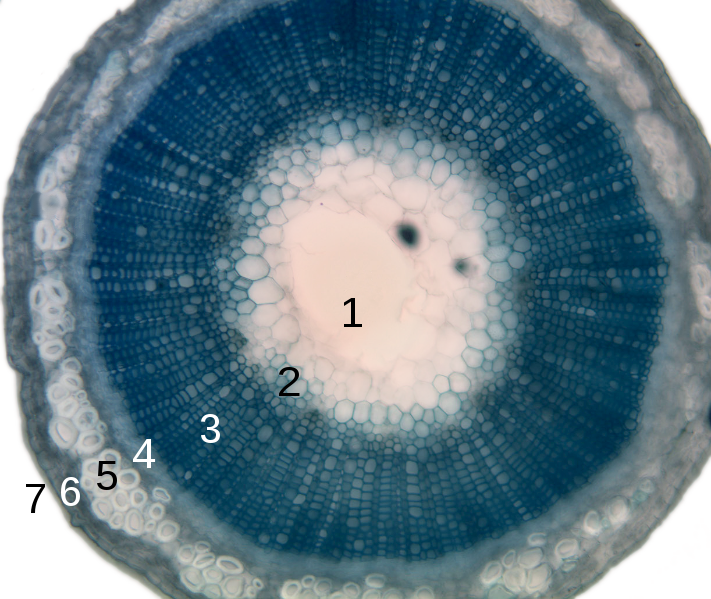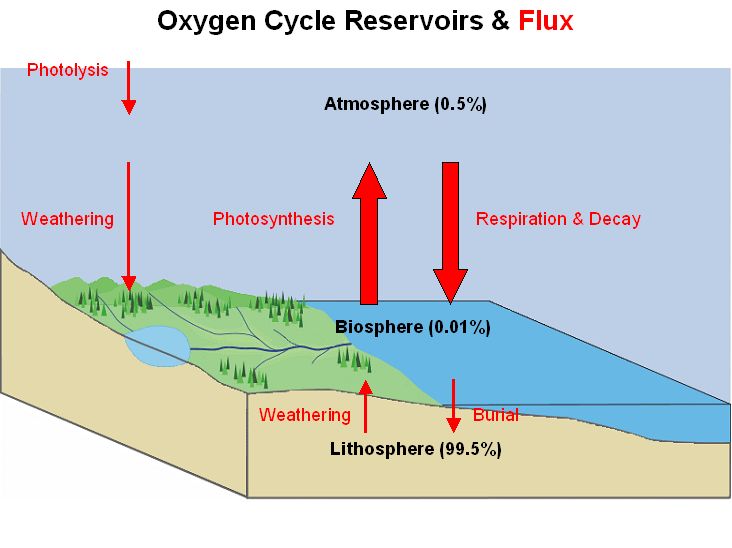Cantaloupes "meal plan"
Cucumis melo, like most plants, is a photoautotroph. Photoautotroph produces its nutrients from sunlight and carbon dioxide by a process known as photosynthesis. This process uses light energy from the sun, water, and carbon dioxide in order to produce sugars for use by the plant. Also, oxygen is produced in this exchange which is absolutely necessary for the survival of many organisms, including us! This relates to the oxygen cycle in that oxygen breathing organisms such as the Roosevelt Elk, release Carbon dioxide, which is in turn absorbed by plants such as the Cucumis melo, and then the cycle continues on and on.
During photosynthesis in Cucumis melo, there are certain parts that relate to the overall nutrition of the plant. First are the leaves of the Cucumis melo. The leaves are the actual site of photosynthesis which produces glucose, or sugar for the plant. When Cucumis melo exchanges gas, such as oxygen for carbon dioxide, small holes in the leaves called stomata act as gatekeepers allowing CO2 and oxygen out. In times of extreme heat, they can also close up preventing water loss in cantaloupe.
Like most plants, Cantaloupe needs a method of transporting nutrients to the rest of the plant. Cantaloupe uses vascular tissue such as xylem and phloem for transport. Phloem is responsible for transporting sugars away from the leaves (site of photosynthesis) to areas of need. The xylem on the other hand is responsible for transporting water and nutrients from the roots to the rest of the plant. As previously stated in adaptations, Cucumis melo's roots cover a large surface area, where it absorbs essential nutrients such as: nitrogen, phosphorous, potassium, magnesium , sodium, sulfur, iron, calcium, and water. Cucumis melo stores the glucose made by photosynthesis in the leaves in the roots as starch.

3. xylem I 4. Phloem I
